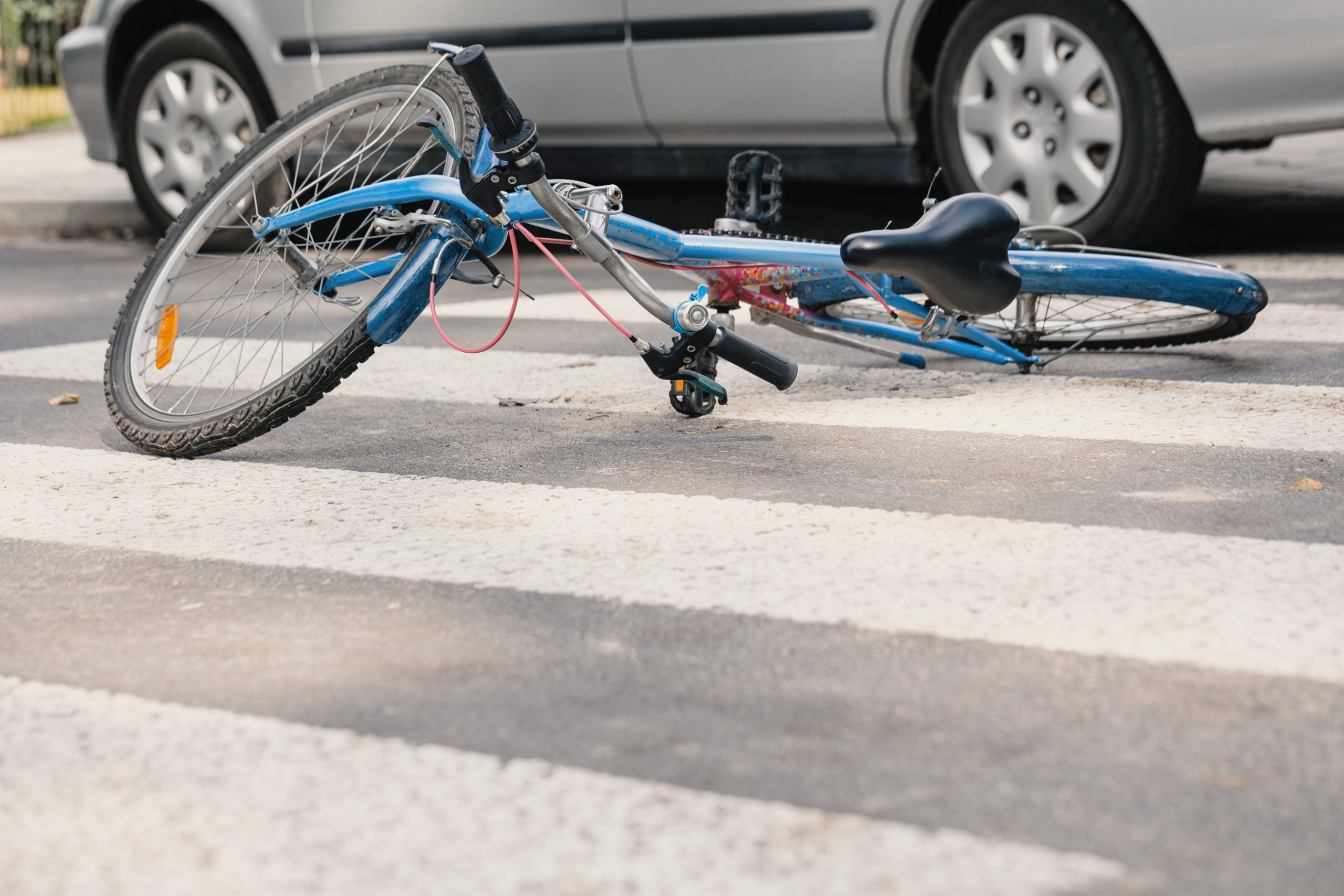Cities are growing exponentially. To help cut down on traffic, travel time, and parking headaches, many people are turning to bicycles as a means of transportation. However, the rapidly rising rate of bicycle use is exceeding the speed with which cities can provide safe travel conditions for bicyclists. Because of this, there has been an increase in accidents involving vehicles and bicycles.
When there is an accident that involves both a bicycle and a vehicle, there is usually some form of negligence involved. The blame of the accident depends on who was at fault for the negligence and the accident itself. It can get even more complicated if both the cyclist and the driver were both at some percentage at fault.
What is Negligence?
Negligence is a common reason for personal injury accidents involving drivers and bicyclists. In the simplest of terms, a person is negligent when they:
- have a duty of care
- breach that duty of care; and
- the breach was the causation of the accident and injury to the other person.
Here’s a breakdown of what that all means.
1) Duty of care
Duty of care is a legal obligation that is imposed on a person to act in a manner that adheres to a standard of reasonable care in that situation. In more general terms, this means that someone is expected to act like other reasonable individuals would in the same situation. The purpose is to make sure a person is held accountable for their actions if they act outside of how a normal and reasonable person would act and cause injury to someone else because of their actions.
A cyclist and a driver have similar duties of care, however, there are some differences. For example, because a bike in more vulnerable to accidents and has fewer safety measures, many states have enacted laws and regulations that bicyclists must follow.
If they break these rules, they may be subject to fines and could be found to be in violation of their duty of care by not following these safety regulations. This is also true for vehicle drivers- if they break rules regarding safety, a violation of their duty of care may be established.
2) Breach of Duty of Care
After the duty of care is determined, the next step is to provide evidence that the person breached their duty of care. The objective standard that is used is “reasonable care.”
For example, if a cyclist causes damage to a car after failing to follow road signs, they would be found to have breached their duty of care. This would also be true if a car hit a bike and caused an accident because they ran a red light.
3) Causation
It is not enough to simply prove that someone had a duty of care and that they breached that duty. There must also be proof that their breach was the action that caused the accident and injury.
For example, there would be no causation of an accident if a driver disobeyed a traffic law and struck a bicyclist who then injured themselves later that day playing tennis. The driver’s negligence did not cause the bicyclist’s injuries while playing tennis.
In legal terms, the “but for” test is used for causation. This means that it must be shown that but for the person’s actions, the injury would not have occurred. From the example above, the but-for test does not apply. The bicyclist would have played tennis anyways and gotten injured. The tennis injury was not caused by the driver’s negligence.
What if Both the Cyclist and Driver Share Blame?
Depending on the state, the accident may be subject to contributory or comparative negligence standards. In a contributory negligence state, a person may be barred from any recovery if they were at any fault in the accident.
This can be as small as 1% at fault. Many states have found this rule to be too harsh and they have adopted modified laws or switched to comparative negligence laws.
In comparative negligence states where both parties are at some fault for the accident, neither will be able to collect a full recovery for their injuries. However, depending on their level of fault, they may be able to recover some damages.
States generally follow one of two rules. The first is that someone will not be able to recover if they are found to be more than 50% at fault for the accident. The second rule followed in some states calculates percentages of fault. For example, if a bicyclist is found to be 20% at fault for an accident, then they cannot recover more than 80% of their damages.
It’s always best to consult a lawyer if you’ve been involved in an accident. The laws of your state will have a huge impact on your liability and/or ability to recover compensation. Advocacy Advance can help you learn about the bicycle and mobility laws in your state.


